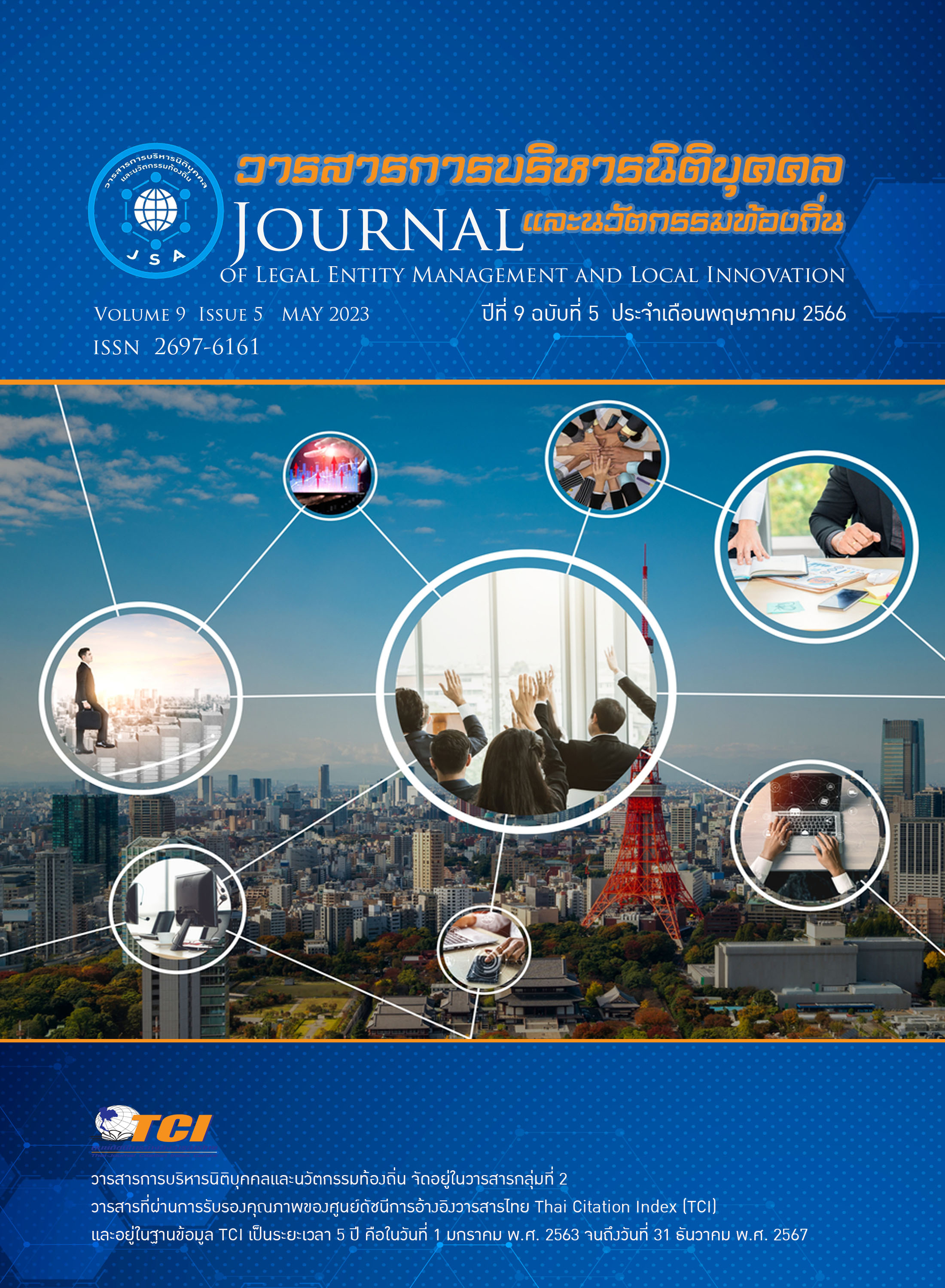Information Exposure Influencing Buddhists’ Five Precepts Observation
Keywords:
Media Information Exposure, Buddhists, Five Prepect ObservationAbstract
Objectives of this research article were to study the Buddhists’ Five Precepts observing behaviors, to compare the media exposure influencing the Buddhists’ foive precepts observation and to study the information perception influencing the Buddhists’ five precepts observation, conducted by the quantitative research, collected datas by questionnaires. The samples were 150 Buddhists by accidental sampling. The Statistics used for the data analysis were the percentage, the mean the Standard Deviation, the t-test. The One - Way Analysis of Variance; The F-test and the Chi-square test. The results of the study were as follows: 1.The Buddhists’ five precepts observation behavior, by overall, was at high level. Consisdering each precept, it was found that 4 precepts were at high level and 1 precept was at medium level. The 4 precepts with the high level were the 3rd precept, abstaining from sexual misconduct, followed by the 2nd precpt, abstaining from stealing, the 1st precept, abstaining from killing and the 5th precept abstaining from taking alcoholic berage accordingly. The precept with the medium average was the 4th precept, abstaining from telling a lie. 2. The comparative analysis of information exposure influening Budhists’ five precepts observation, classified by gender by t-test was found that there was no different at 0.05, denying the set hypothesis. Considering by item, it was found that the 3rd precept observation, not to commit sexual misconduct was didiferent at signifoicant level of 0.05. Information ewxposure influenincing the five precepts observation by qui-square test was found as follow: 1 Person media, information did not have influence on the five precept observation at statistical level of 0.05. 2. Community media exposure was found to have influence on the five precepts observation at statistically significanrt level at 0.05 3. Mass media exposure was found not to have influence on the Buddhisrts’ five precept observation at statistically significant level a 0.05


